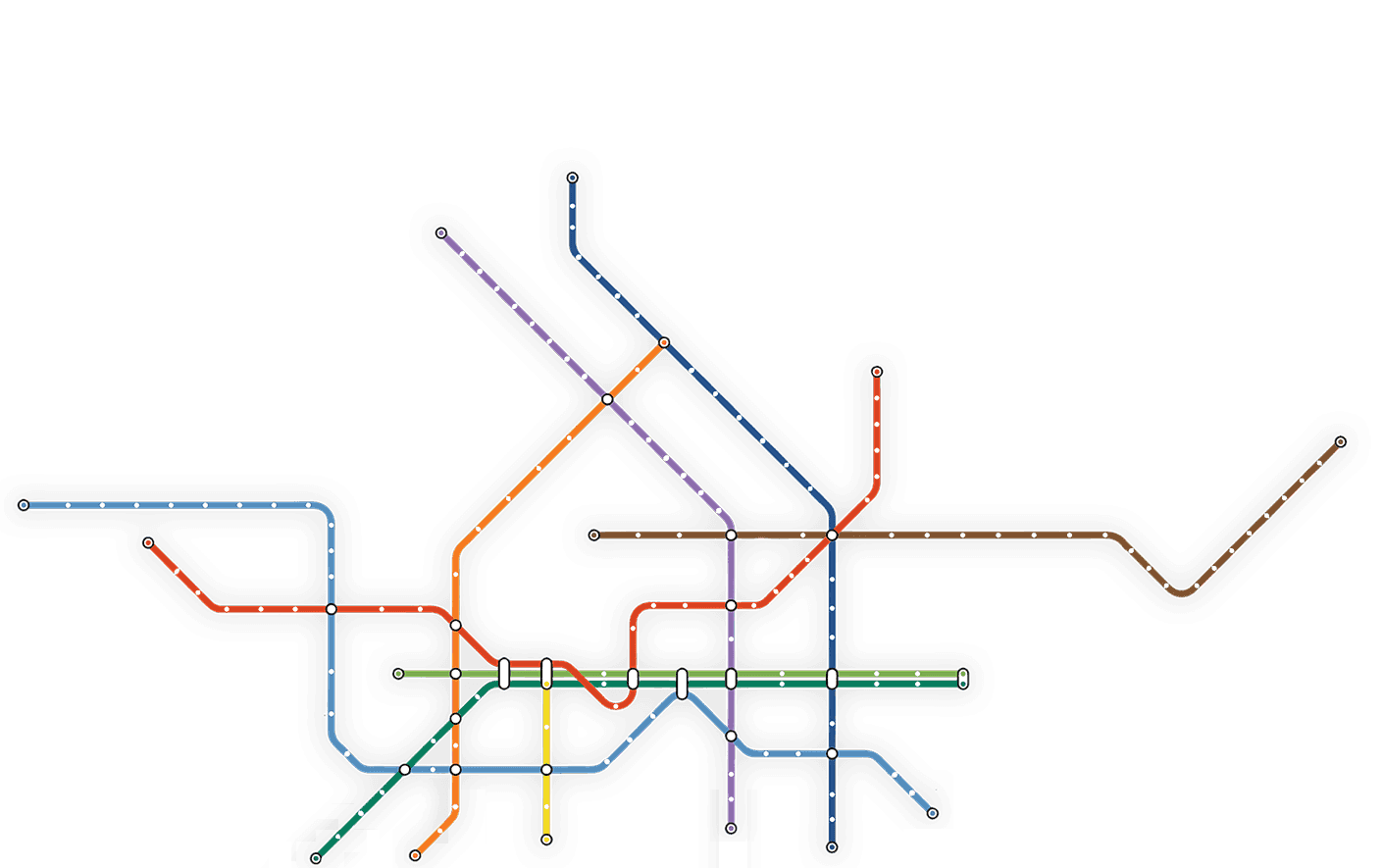
Is it der, die or das Kante?
DIE
Kante
The correct article in German of Kante is die. So it is die Kante! (nominative case)
The word Kante is feminine, therefore the correct article is die.
German declension of Kante?
How does the declension of Kante work in the nominative, accusative, dative and genitive cases? Here you can find all forms in the singular as well as in the plural:
| 1 | Singular | Plural |
|---|---|---|
| Nominative | die Kante | die Kanten |
| Genitive | der Kante | der Kanten |
| Dative | der Kante | den Kanten |
| Akkusative | die Kante | die Kanten |
What is the meaning of Kante in German?
Kante has various definitions in German:
Originally: sharp edge, hence the stocking of fabrics, clothes
[1] ursprünglich: scharfer Rand, daher auch der Besatz an Stoffen, Kleidern[2] Maritim: Water edge (Low German: Waterkant), i.e. the coast
[2] maritim: Wasserkante (niederdeutsch: Waterkant), also die Küste[3] Geometry: The cutting line of two areas
[3] Geometrie: die Schnittlinie zweier Flächen[4] The end piece of the bread
[4] das Endstück des Brots[5] Youth language: a muscular body
[5] jugendsprachlich: ein muskulöser Körper[6] Mathematics: Connection between the nodes of a graph
[6] Mathematik: Verbindung zwischen den Knoten eines GraphenHow to use Kante in a sentence?
Example sentences in German using Kante with translations in English.
[1] Pass bei dem Papier auf die Kante auf, da kann man sich leicht dran schneiden.
[1] Take care of the paper on the edge, so you can cut it slightly on it[2] Sie haben ein Ferienhaus, das direkt an der Kante der liegt Ostsee.
[2] You have a holiday home that is right on the edge of the Ostseeä[3] „Das sind die dreidimensionalen, von regelmäßigen Vielecken begrenzten Vielflächner, deren Kanten nur nach außen zeigen und nicht unendlich groß sind, [..].“
[3] "These are the three -dimensional areas, which are limited by regular multi -corners, whose edges only point outwards and are not infinitely large, [Ä.]."[4] Lass mir vom Brot bitte die Kante übrig, die esse ich besonders gerne.
[4] Please leave the edge of the bread, I particularly like to eat it[5] Thomas war in letzter Zeit ständig im Fitnessstudio, jetzt ist er voll die Kante geworden.
[5] Thomas has been in the gym lately, now he has become the edge[6] Ein Graph heißt „zusammenhängend“, wenn jeder Knoten von jedem anderen aus über Knoten und Kanten erreichbar ist.
[6] A graph is called "coherent" if each knot is accessible from everyone else via nodes and edges
